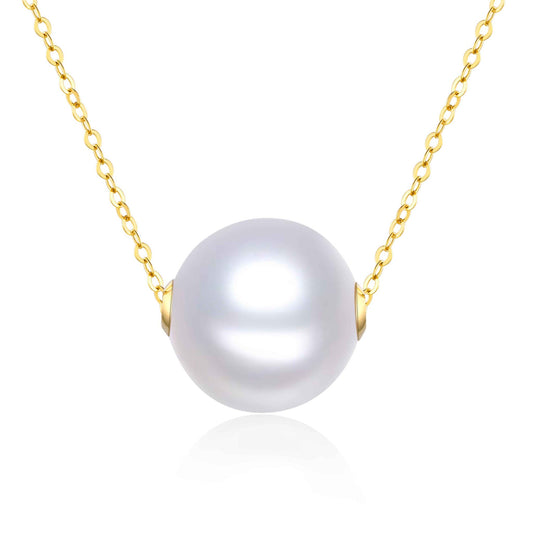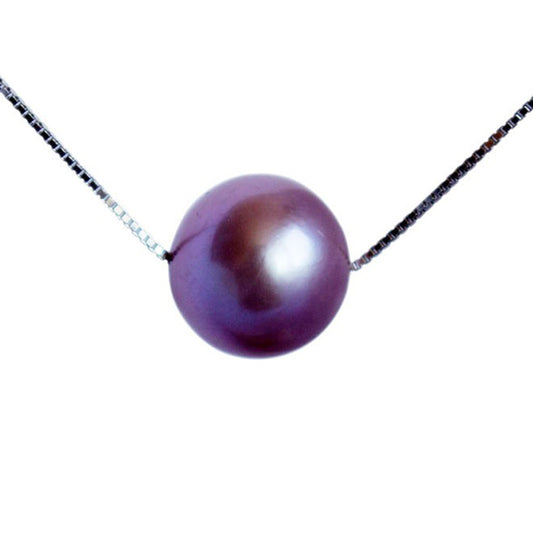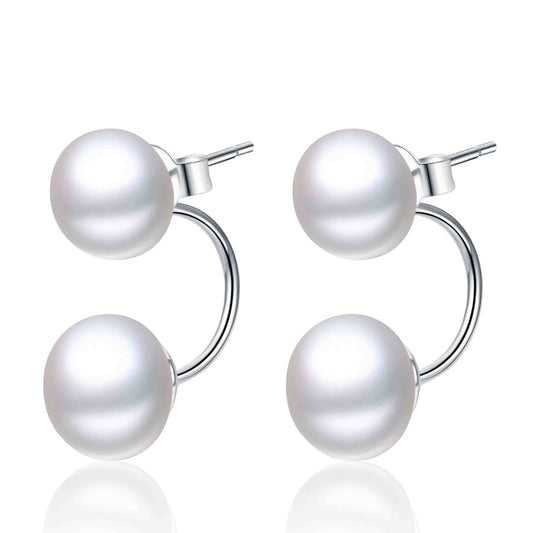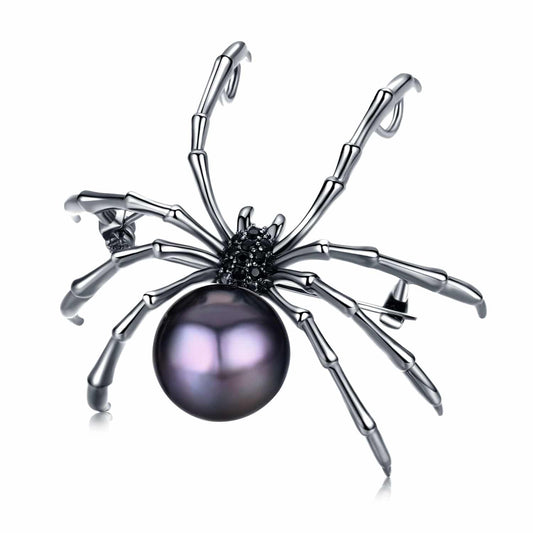If you’ve held an Edison pearl next to another cultured freshwater pearl, you may know what the fuss is about. Edison pearls, using a relatively new technology in the history of pearl farming, are known for their extraordinary size, their range of colors, and their high quality. But while these qualities make them coveted, there is something else that has pearl farmers talking.
Edison pearls are a type of cultured freshwater pearl, but the technology involved in cultivating Edison pearls is completely different. This difference has attracted countless South Sea and Tahitian pearl farmers to China to learn more. Why? Because of a simple thing called a ‘spit bead’, if you translate it directly from Chinese. ‘Spit beads’, or rather, the rejection of implanted beads by oysters is when an oyster ‘spits out’ the bead core that is implanted to form a pearl.
Edison Pearls: The Freshwater Pearl Made like a Saltwater Pearl – Only Better
Most cultured freshwater pearls are nucleated by tissue. A small piece of oyster tissue is implanted into the oyster, and nacre is secreted to cover the tissue in order to form the pearl. The final pearl is completely made from nacre, but they tend to be off-round to oval in shape.
On the other hand, almost all saltwater cultured pearls are nuclear pearls, which means that the pearl is not completely made from nacre – the inner core of the pearl consists of a nucleus bead. A small, round bead is implanted into the oyster, and nacre is secreted around this core to form the pearl. The great part about this method is that the harvested pearls are (mostly) perfectly round.
Edison pearls are freshwater pearls, but they adopted the saltwater farming technique of using round beads to nucleate an oyster. However, they’ve improved on this technique tremendously.
Implanting a bead core into a mollusk is not always successful. The mollusk can reject or ‘spit’ out the implanted bead. In most bead-cultured pearls, this rejection rate is about 15-20% of all implanted beads. But in China’s Edison pearl cultivation, it’s only about 5%, clearly pointing to the technical superiority of the Edison pearl farming technique.
If you’re a pearl farmer, that number makes a massive difference in your production output and eventually, your profits.
What Is the Secret Ingredient?
How do the Edison pearl farmers do it? With their secret ingredient: a bead core activating liquid. This liquid consists of a complicated mixture of acids, antibiotics and sterilized filtered seawater. The bead core is drug-treated to reduce the chances of immune rejection and reduce the infection rate after implantation. The migration and division of cells inside the oyster are stimulated, the formation of the pearl sac is promoted, and the survival rate of pearl oysters are increased. It also means that the thickness of the bead layer is increased, resulting in bigger and higher-quality pearls being formed.
All in all, a greatly reduced ‘spit’ rate increases the output for farmers. In fact, the treatment is so effective that it has increased the survival rate of pearl oysters with between 2.59-7.33%! It also increases the pearl size, and the rate of high-quality pearl yields from a harvest can be up to 12.55% more.
Conclusion
This technology and the results achieved is one of the biggest ways that Edison pearls have changed the face of pearl farming and the pearl industry, and it’s no wonder that South Sea pearl farmers are flocking to learn more about it.
Read more about Edison pearls and their history here and here and if you want to understand the difference between Edison pearls and South Sea pearls, read more here.
If you’re looking to add beautiful pearl jewelry to your wardrobe, have a look at our Edison pearl jewelry designs.




